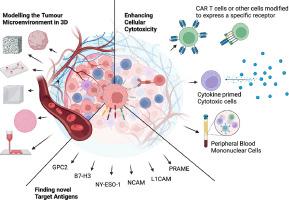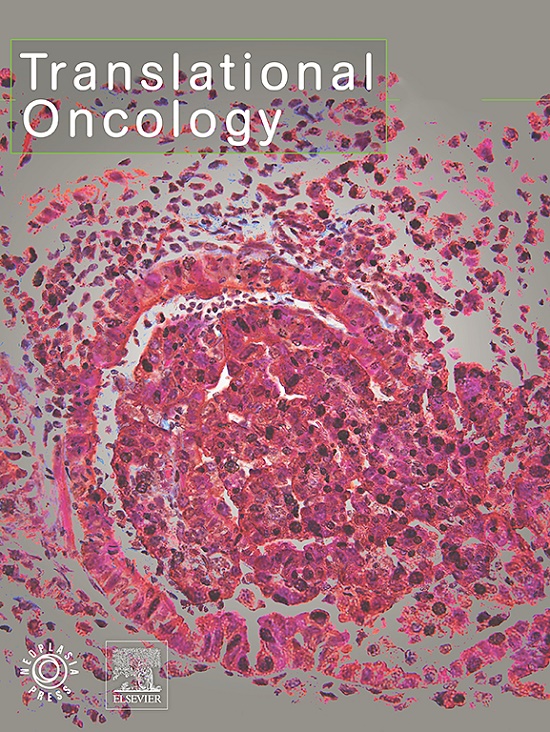The triad in current neuroblastoma challenges: Targeting antigens, enhancing effective cytotoxicity and accurate 3D in vitro modelling
IF 5
2区 医学
Q2 Medicine
引用次数: 0
Abstract
Neuroblastoma is an embryonic tumour originating from neural crest cells and accounts for nearly 15 % of all childhood cancer deaths. Despite the implementation of intense multimodal therapy for neuroblastoma, half of the high-risk cohort will relapse with metastatic foci resistant to conventional therapies. There is an urgent need for novel precision medicine approaches to improve patient survival and ensure healthy post-treatment lives for these children.
Immunotherapy holds promise for such therapeutics; however, developing effective options has been disappointing despite decades of research. The immunosuppressive tumour-immune microenvironment presents a significant challenge amplified with low mutational burden in neuroblastoma, even with the new discovered tumour antigens. Innovative, practical, and comprehensive approaches are crucial for designing and testing immunotherapies capable of passing clinical trials. Replacing animal models with physiologically relevant in vitro systems will expedite this process and provide new insights into exploitable tumour-immune cell interactions. This review examines this three-pronged approach in neuroblastoma immunotherapy: tumour antigen discovery, immunomodulation, and 3D in vitro tumour models, and discusses current and emerging insights into these strategies to address neuroblastoma immunotherapy challenges.

当前神经母细胞瘤面临的三重挑战:靶向抗原、增强有效细胞毒性和精确三维体外建模。
神经母细胞瘤是一种起源于神经嵴细胞的胚胎肿瘤,占儿童癌症死亡总数的近15%。尽管对神经母细胞瘤实施了密集的多模式疗法,但半数高危人群仍会复发,出现对传统疗法耐药的转移灶。目前迫切需要新型精准医疗方法来提高患者的生存率,确保这些儿童在治疗后能健康地生活。免疫疗法为此类疗法带来了希望;然而,尽管进行了数十年的研究,但开发出的有效方案却令人失望。免疫抑制性肿瘤-免疫微环境是神经母细胞瘤面临的一项重大挑战,即使是新发现的肿瘤抗原,其突变负荷也很低。创新、实用和全面的方法对于设计和测试能够通过临床试验的免疫疗法至关重要。用与生理相关的体外系统取代动物模型将加快这一进程,并为利用肿瘤-免疫细胞相互作用提供新的见解。这篇综述探讨了神经母细胞瘤免疫疗法中的三管齐下方法:肿瘤抗原发现、免疫调节和三维体外肿瘤模型,并讨论了这些策略在应对神经母细胞瘤免疫疗法挑战方面的现有见解和新见解。
本文章由计算机程序翻译,如有差异,请以英文原文为准。
求助全文
约1分钟内获得全文
求助全文
来源期刊

Translational Oncology
ONCOLOGY-
CiteScore
8.40
自引率
2.00%
发文量
314
审稿时长
54 days
期刊介绍:
Translational Oncology publishes the results of novel research investigations which bridge the laboratory and clinical settings including risk assessment, cellular and molecular characterization, prevention, detection, diagnosis and treatment of human cancers with the overall goal of improving the clinical care of oncology patients. Translational Oncology will publish laboratory studies of novel therapeutic interventions as well as clinical trials which evaluate new treatment paradigms for cancer. Peer reviewed manuscript types include Original Reports, Reviews and Editorials.
 求助内容:
求助内容: 应助结果提醒方式:
应助结果提醒方式:


